-
Gesamte Inhalte
61 -
Benutzer seit
-
Letzter Besuch
Beiträge erstellt von badattitude77
-
-
Here's a few things I've built for some of my recent layouts. I'm getting too many unknown errors, so I won't be sharing the layouts with the community, so I figured I share a few pics in case it gives anyone some ideas for their layouts
Horse Race Track, Gymkhana Stadium, and Horse Stables.
Convention Center, Night Clubs, Motels and Restaurants.
Dock Yards and Cruise Ship dock.
Resort Hotel and Golf Course.
Grain Silos and Ship Loading Dock.
Oil or Chemical Plant with Ship Dock.
Amusement Park.
Police Station.
Movable Auto Loading Ramps.
-
I agree. I realize the majority of users appear to be from the European countries, but I believe there would be a huge number of U.S. buyers if there were more information in English, and more objects based on U.S. designs.
-
That's some nice work lobo 1948. Thanks for sharing them.
-
Neo has helped me with some issues I was having with the program, so hopefully this layout and other projects I have tried to share in the past will be available to the community if anyone wants to use any of the items I have scratchbuilt.
-
Hello lobo1948. I don't speak German, so I'm using Google translate for this as well. I hope it says what it's supposed to:
Thank you very much for the compliment. I appreciate the effort you made to translate your comment into English.
Vielen Dank für das Kompliment sehr. Ich schätze die Mühe, die Sie Ihren Kommentar ins Englische zu übersetzen gemacht .
-
Thank you fex
-
Thank you BahnLand. I've never made a video on a computer, so I would have to experiment with that and see if I can figure out how to do it.
-
I still can't share anything with the community any longer, so all I can do is share some screenshots here.
In a different post I mentioned that there aren't many buildings and no people or vehicles to model a steam era layout. Since I wanted to do a steam era layout, I decided it was time to do a little scratchbuilding.
AN OVERVIEW OF THE LAYOUT:
The overall layout represents a line running from a city in the mid west to the high deserts in the United States in 1910. There is an east coast and west coast staging yard as well at each end to ship and deliver freight off of the layout.
West coast staging yard. Passenger and freight consists to and from points west are built here.
East coast staging yard. Passenger and freight consists to and from points east are built here.
Clay City, a fictional city located along a river in the mid west.
Logging was the major industry during the early part of the 1900s, and railroads spanned valleys and rivers with wooden trestles. This shot shows a few of the trestles I built for the layout, a logging camp in the upper right hand corner, and a small town that grew from an earlier logging camp just to the west.
Getting to the high deserts of the west meant crossing the Rocky Mountains. Logging was still the major industry, but coal and ore mines were also major industries. This is another small town that sprung up between a logging camp and at the base of the mountain where a major ore mine was built. The main line is N Scale, and Z scale track is used to represent the narrow gauge rail used by most mines. I turned off the automatic track scaling and used an N scale engine and rolling stock for the narrow gauge line with their scale reduced slightly.
The high desert. Here's where the cattle ranches shipped their stock to the markets and slaughter houses to the east. Rather than simply hide the rails, I created plateaus typical of the area. I also built a large ranch on a plateau connected to the town by two natural arch bridges (built with separate base boards) as well as a man made bridge so the cattle could be driven to the cattle pens at the rail head. You can also see part of the massive 2 rail trestle I made that makes its way up a 1.57% incline to the high desert region.
Here's a full view of the 2 rail trestle. The small river coming from the north and feeding the larger river has cut a deep gorge between the mountains over the centuries, making it necessary to either span the gorge with a massive trestle, or lay hundreds of miles of extra track to reach the west coast.
Looking back to the east, the river port served both passengers and freight by rail and ship. Four riverboats are docked at the passenger berths where the rail and boats share a common passenger station. There is also an industrial area behind the passenger lines that is served by both rail and river, and an iron forge beyond that.
DETAILS FOR THE CORRECT ERA:
Just using steam equipment isn't enough to give the feel of the era. In Clay City, the streets were lined with both automobiles from 1910, as well as horses and horse drawn wagons. There is also an electric trolley car system that serves the city. Streets were very wide in this era to allow for both the trolley rails and other traffic. The game's bride fit's perfectly in this era, but women didn't run around town wearing pants back then, so I had to make dresses for some of other female figures to make them appropriate. Putting cowboy hats on some of the male figures made them look appropriate as well. You can see the the black electric lines for the trolley cars, as well as the gray support cables attached to the power poles that spanned the streets and held the lines in place. The support cables were mounted lower than the power lines, phone lines and telegraph wires.
Here's a better view of the trolley car lines, support cables, power lines, and telegraph lines. You can also see one of the passing trolley cars in this shot. I have three of them running around the city at all times.
Here's a wider shot of Clay City showing more of the town, the trolley lines, and the miles of wire and cables necessary to provide the city with power and communication. The passenger station sits on the east side of the city next to the east rail yard. I stacked the game's museum and added some extra building area an roofing to create the Clay City freight depot in the foreground. In 1910, every major city had a central freight depot, so that would be an item you would want to include if you choose to model this era.
Here's another view of the freight depot. Everything from food to clothing to grain and feed was shipped and stored in the city freight house.
Here's a close up view of the trestle that supports the logging branch. This line is also an optional route to get to the high desert. The main line to the west is through the elevated tunnel on the far right. Of the other two tunnels, the one to the west serves the town on a continuous loop; the one to the right leads to the east coast.
The logging branch circles the mountain to the north of Clay City, then crosses this trestle. A second trestle is visible in the distance. This one served the earlier logging camp that has now turned into a small town that the rail can serve with both freight and passenger consists.
I rotated some of the game's trees 180 degrees to create the stumps that have been left from the tree cutting.
I built the logging skeleton cars from primitives and the trucks in the test section of the game. The logs are cylinders textured for the cut trees covered by a slightly larger cylinder with a bark texture. The cables holding the logs to the cars are cylinders as well. You can also see the steam donkey I built sitting next to the rails. These were small steam engines that provided power for the cables that were used to move the logs from the cutting area to the loading area.
This image is where the old logging camp used to be. The cables are still in place that were used to move the cut trees to the rails. A few of the camp houses are still standing, along with the remains of the company store. The town is a mix of some of the game's buildings and some buildings I scratchbuilt typical of the style found in the U.S. in 1910 as you moved farther west.
Farther up the line is another small town that grew from one of ore mines. This shot shows a close up of the blacksmith shop I built for the layout.
The mine, the town, and the 2 rail trestle leading to the high desert.
Sailing ships were still in use in the early 1900s, but steam powered freighters were starting to replace them. The game's fishing boat makes a suitable steamship for this era.
Standard piers like the ones on the right were supported with poles, but piers that loaded rail cars had to have a trestle built underneath them to support the weight of the rail cars. You can see the trestles under the pier on the left.
Adding a paddle wheel, smoke stacks and operating tower to the game's MS Fridolin made for acceptable paddle wheel boats of the era. I built both rear and side wheel boats since they were both common during this time.
Even in 1910, international shipments had to pass through customs. Here are scratchbuilt 1910 Fords, GMCs, and a 1908 Autocar loading freight off the dock at the customs house along side a horse drawn wagon.
It wasn't uncommon for companies to put their names down the side of their trucks.
Steam engines needed coal, and they got that coal from coaling towers. This is a typical coaling tower used in 1910 at the rail yards. The coal chutes were controlled by cables that ran through pulleys with counterweights on the other end. This tower utilizes two chutes; one that serves the rail that runs under the tower and another one that serves the rail running along side the tower.
Steam engines required more maintenance than the later diesel engines, so it was common for a roundhouse to have a large storage tank for oil.
In addition to the roundhouse, rail yards also housed a variety of service shops for both the locomotives and the rolling stock. There was also a bunk house for the crews to stay in while the equipment was being serviced.
Along with lumber, cattle was a major industry in 1910. Any layout of this era should have a cattle yard. Clay City not only has a cattle yard with a live stock exchange, but a slaughterhouse and meat processing plant.
Rail may have been king in the early 1900s, but the Wells Fargo and Company stagecoach had the contract to carry the U.S. mail.
A major hub consisted of not only the stage house, but a coach house where the coaches were maintained and a full service stable for the horses.
I built the stage coach over the game's horse drawn carriage to take advantage of the wheels and suspension instead of scratchbuilding those items.
Here's an aerial view of the Wells Fargo hub in Clay City. The game's bus station next to it made a good service house for the trolley cars.
As I mentioned earlier, lumber was king in 1910. Although steel, brick and concrete were coming into their own for major industries, nothing got built without lumber. The game's little lumber mill just didn't cut it for a layout that of this size, so I scratchbuilt a full size lumber yard.
Most lumber was shipped on open cars, but finish lumber was shipped in boxcars.
The main mill is at the top and the finish mill is at the left. In the center is the machine shop and drying area. The building on the right with the rail running through it is where finished lumber would have been stored and loaded on an inside dock protected from the weather.
The main mill and mill pond. Wigwam burners were becoming popular in 1910, but some mills still used the silo style burners like this one. There hadn't been a use developed for pulp and wood chips yet, so mills burnt the chips in these huge burners.
Here's another view of the main mill and mill pond, the finish mill on the left, and one of the many warehouses used to store and load lumber to the far left.
The natural flow of the water would cause the logs to to jamb against the banks until they were rolled out to be fed into the mill.
Unloading logs off of the skeleton cars was accomplished with a steam donkey operating a large, A frame style hoist.
Another aerial view of the mill from a different angle.
While some of the game's buildings are suitable for a city in the east and midwest, to get the feel of a western town, buildings needed to be scratchbuilt. Luckily, as you moved farther west in 1910, building styles didn't vary much, so only a few basic buildings need be made. After that, just change the color and texture on a few of them, add some different names, and you have a complete town.
Barns are another story. Barns built in the west were different from barns built in the east. This barn represents a typical style found throughout the western United States throughout the 1900s.
Grain silos and elevators were also plentiful across the plains states and toward the west coast in 1910. Although refrigerated boxcars were around in 1910, hopper cars hadn't been invented yet, so grain was shipped in boxcars. This practice actually continued into the 1980s in some places.
Although automobiles were being powered by gas engines in 1910, farm equipment still relied on a team of mules, oxen or horses.
Mules were most
commonly used to pull harvesters, but since the game doesn't have any mules, I hooked up a 24 horse team to this one.While cement roads and sidewalks were being laid in the east, out west it was dirt roads and wooden sidewalks.
Cattle needs to come from somewhere for the stock yards, so I put cattle pens at the end of the yard in the high desert.
Unloading bulk grain from a boxcar was still done by hand in 1910. The boxcar was parked next to a trough with a sloped floor where the grain was shoveled into, then carried up an elevator into the silo.
Unloading was similar to the way it's still done today; a door at the base of the silo slid open to allow the grain to flow out and into a customer's wagon.
A second small town sprang up in the valley when an ore mine was put in. I modified the coaling tower I built to create a loading platform for the ore train.
Cattle at the ranch and on the plateau.
A flour mill serves the high desert area also, powered by the water from the dam built behind it.
Drainage from the mill goes through a buried pipe that simply opens up to the side of the mountain where the water makes its way down to the river.
The mine in the valley may be a small operation, but moving down the line, the rails make their way up into the higher elevations. There, they reach the large mining complex, complete with a processing house. Ore is brought out of the mine by hand and dumped into the tipple. Inside are the levers used to open and close the chutes.
The narrow gauge train is loaded at the tipple and makes its way to the either the processing house or the main facility depending on what type of ore is loaded.
Certain grades of ore are processed before being transferred to main facility for loading.
Ore that isn't processed first is delivered to the main facility just down the hill from the processor to be loaded into the gondolas. From there, they will be carried to the city to be used for a variety of purposes. On this layout, the primary use is at the iron works back at Clay City. Empty gons in, loaded gons out.
-
-
-
Thank you Goetz. I had downloaded the beta upgrade, but I didn't like it, so I removed it. Some of the layouts I've tried to share were submitted before the upgrade, so I'm not sure why they are still in review, or why there are unknown errors. It seems the game has a few programming bugs still, but hopefully they will be worked out over time.
-
Thank you Wustenfuchs, and I'll make sure you're room is ready for you. Just don't spend all of your money at the casino. LOL
-
Steam engines haven't been used since the 1960's. The game has some nice steam engines, early passenger cars, and roundhouses, but very few buildings, no people in appropriate clothing, and no vehicles that can be used to model a 1900 - 1960 eras railroad. So what do you do with all of the steam engines, roundhouses, and passenger cars? How about putting a railroad museum on your layout?
The Railway Museum at Port Susan Junction. This module is roughed in right now, so there's still a lot of landscaping and details to add to make it blend in as the layout progresses.
My Port Susan Junction layout has a modern freight and interchange yard, so I "converted" the nearby roundhouse, water tower, coaling tower, freight house and passenger station into a railway museum since these items are outdated and would be out of place on a modern layout. This also justifies all of the old equipment looking new since the museum would have had everything restored.
The Railway Museum allows me to use all of the old passenger cars on the modern layout. Along with a bus tour, there are walkways added so guests can take a full walking tour of the old rail yard and equipment.
Adding the museum also gives me a reason to add some old rail that is no longer in use, creating a nice visual effect. There's also a section of the old track that has been maintained for an operating steam engine and passenger consist that serves as a tourist ride now.
Since the old rail crosses a road, I added a section of road that has been repaired a few times, and an old style crossing light that is now "out of service". I'll be weathering the road to blend it in with the repaired section as I work on the layout more.
-
I tried sharing this and other layouts with the community so people could explore it or use parts of it if they want, but everything I've tried sharing lately is reporting an unknown error. I don't like that because I enjoy exploring other people's work in the community, and I've been inspired by the work other people have done.
-
Thank you fex and Goetz.
Don't feel bad fex; at least you do speak German and English. I only know English, so you have me beat.
There are probably hundreds of little details that could be added Goetz, but since I've left all of the scratchbuilt items in their primitive form, my computer's memory is about maxxed out on this one.
-
Thank you Goetz. I've been into things like model trains, wood working, car customizing, art, drafting, architecture, and model building all my life, so I guess I was blessed with a knack for creating things.
-
-
I tried to share this in the community, but I keep getting an unknown error or pending review message when I try to share anything lately. I'll share the pics in case anyone likes it and wants to build it them self, or in case it give someone some ideas for something new they want to build.
Commercial and industrial areas on a layout need parking lots to look realistic. To save space, I designed an underground parking garage on this module.
-
-
-
I don't speak German, and I don't see a forum for English anymore, so I'll just share some pics from a small harbor layout I designed to experiment with and shared in the community. The final layout is about 6 times larger than this one, but there are too many scratch built items that have to be saved to my own catalog, so I won't be sharing the full size layout since it will have a lot of question marks on it.
 Service trucks, container forklifts, yard trucks and container chassis in the service area.
Service trucks, container forklifts, yard trucks and container chassis in the service area.
 Cargo ship with steel plate and pipe
Cargo ship with steel plate and pipe
 Loading steel onto semi trucks
Loading steel onto semi trucks
 Liquid chemical loading and unloading tracks
Liquid chemical loading and unloading tracks
 Fisherman's wharf and cannery row
Fisherman's wharf and cannery row
 Passenger station and cruise ship dock
Passenger station and cruise ship dock
 Scuba divers exploring ship wreck
Scuba divers exploring ship wreck
 Skyline from fisherman's wharf
Skyline from fisherman's wharf
 EMD "Big Mac" road engines at the interchange yard
EMD "Big Mac" road engines at the interchange yard
 Fueling cranes and sanding tower at the interchange yard
Fueling cranes and sanding tower at the interchange yard
 Repairing a container gantry crane
Repairing a container gantry crane
 Changing a flat tire on a container forklift in the intermodal yard
Changing a flat tire on a container forklift in the intermodal yard
 Containers being loaded onto rail cars
Containers being loaded onto rail cars
 View across the harbor from the intermodal yard
View across the harbor from the intermodal yard
-
Done. Thanks again.
-
I see. Is there any way to uninstall the upgrade? The new features aren't worth and extra $15 U.S. to me I'm afraid.
-
I installed the upgrade. Now the game is saying I have to buy a new professional version 3 to save the layout I have been working on. What's up with that?

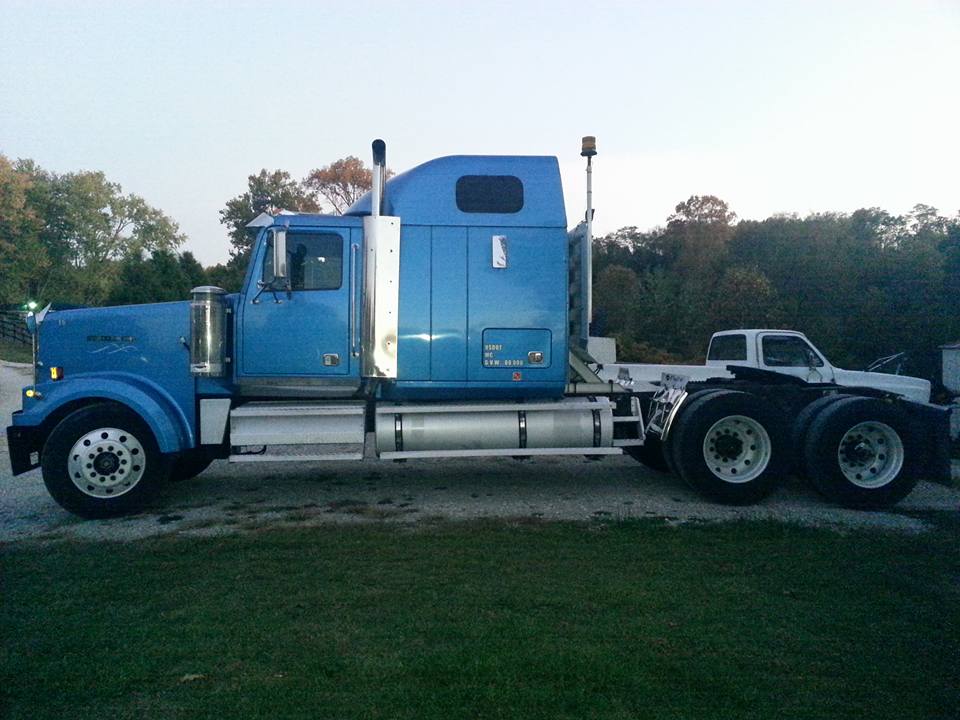









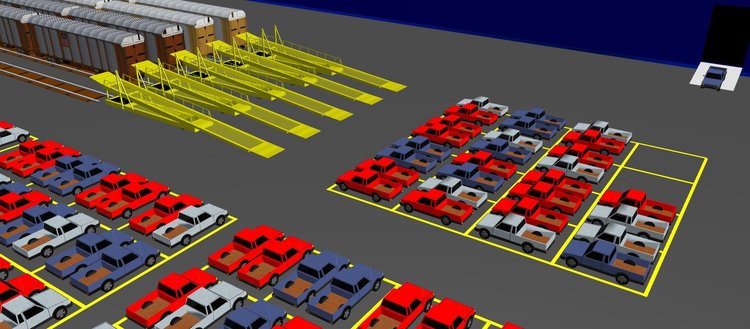
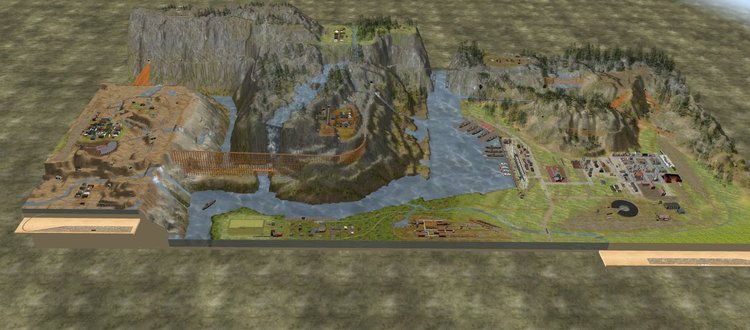

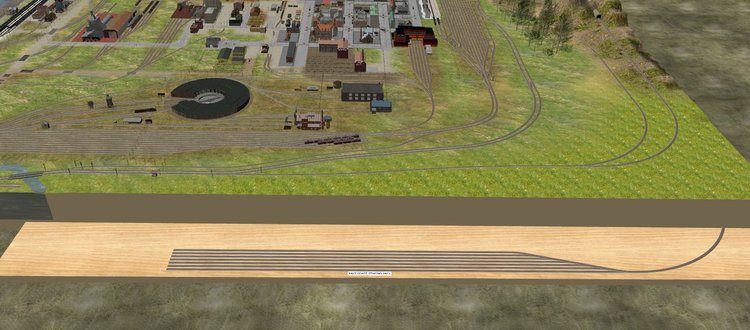


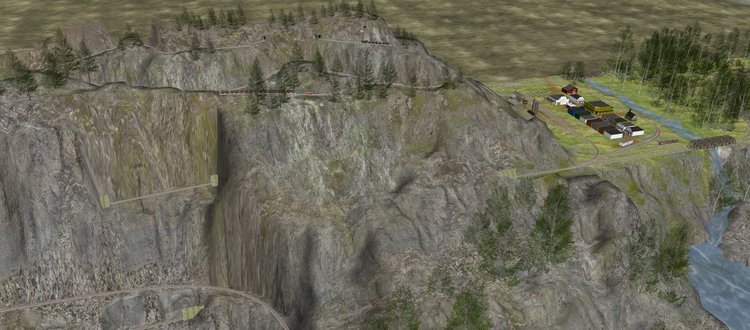
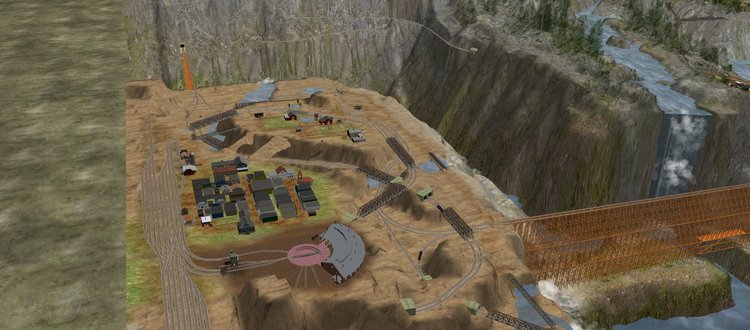
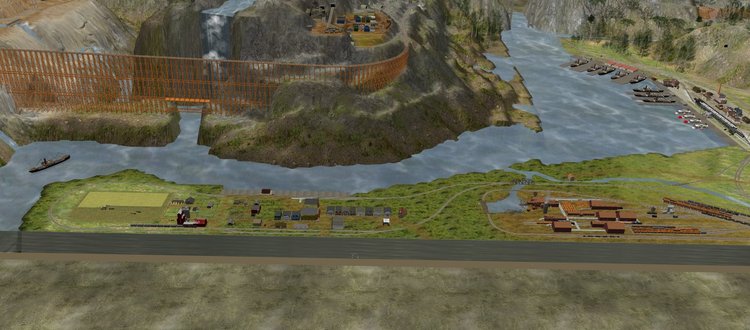
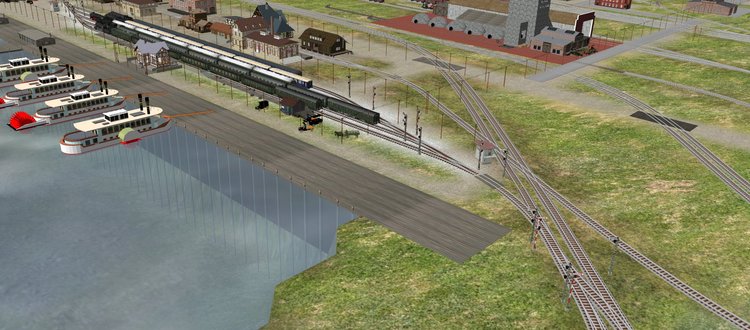

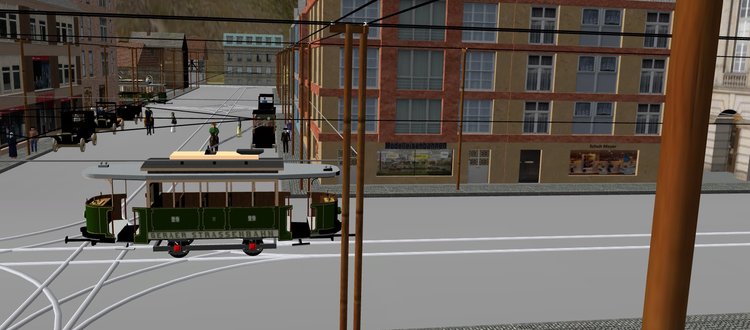
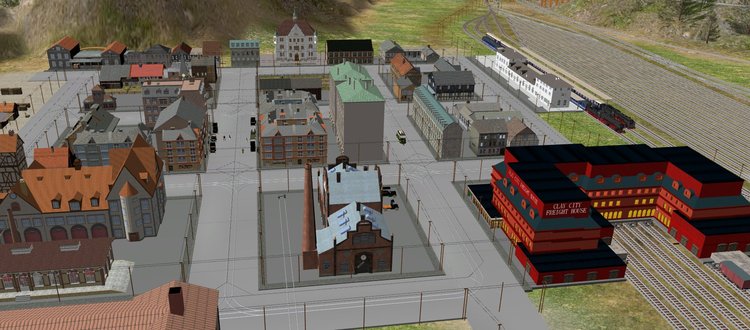


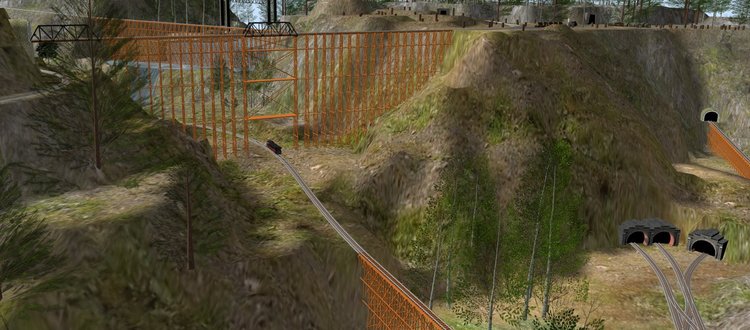


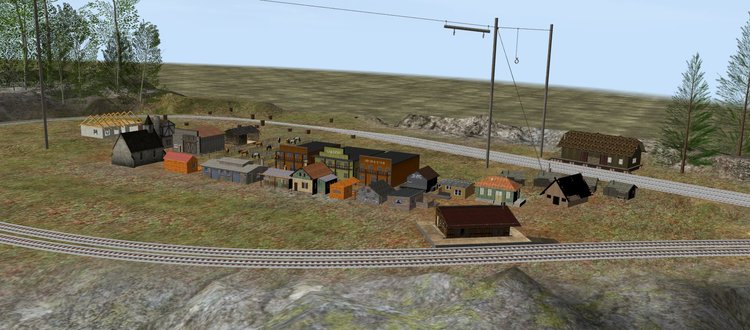
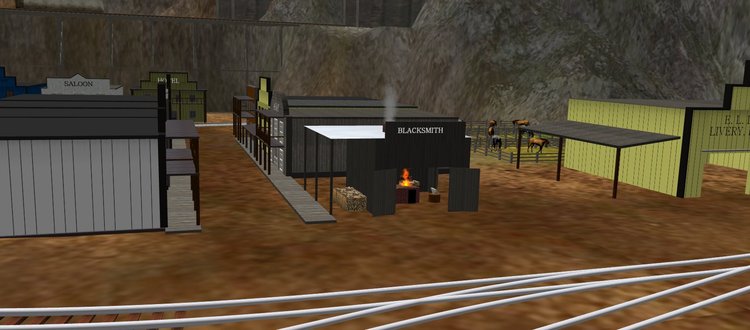

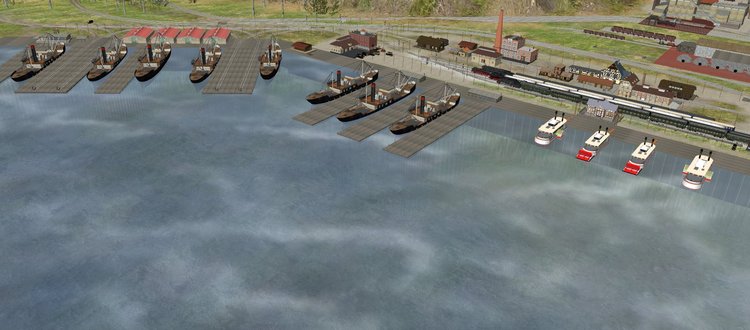
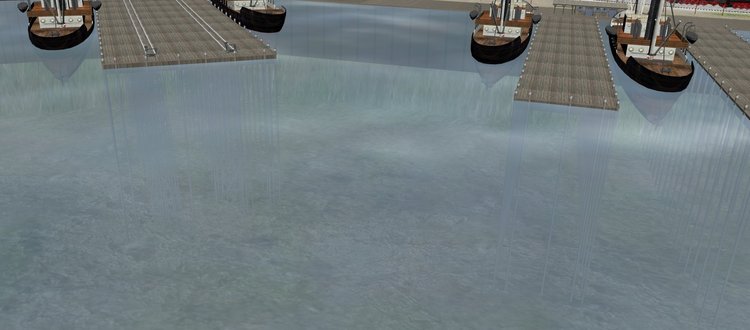
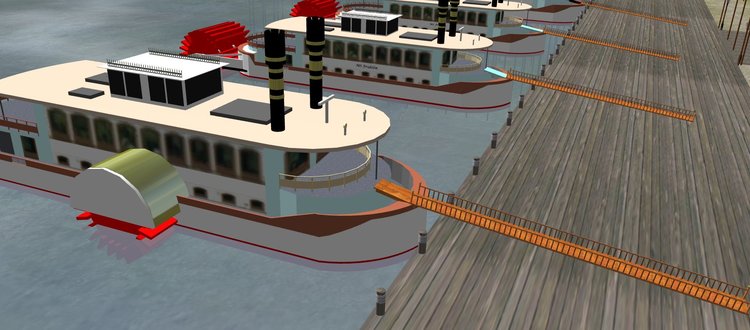
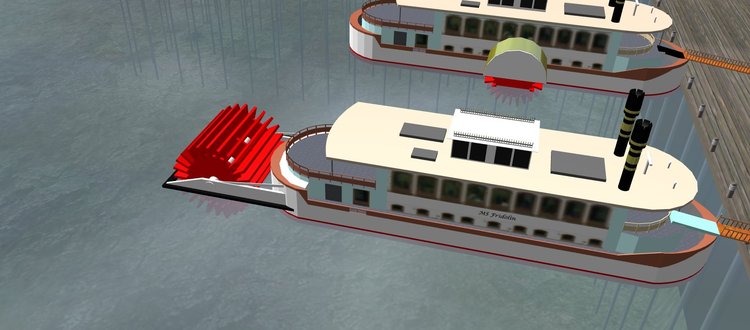
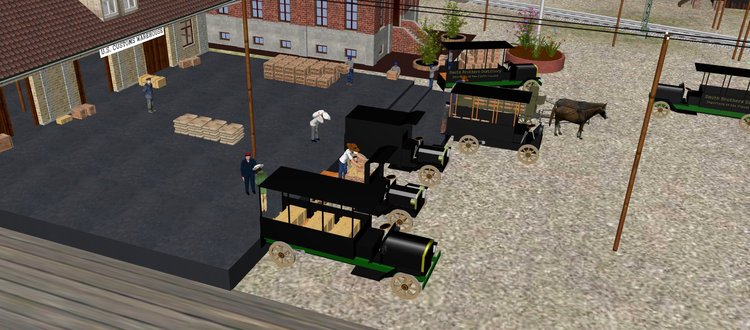


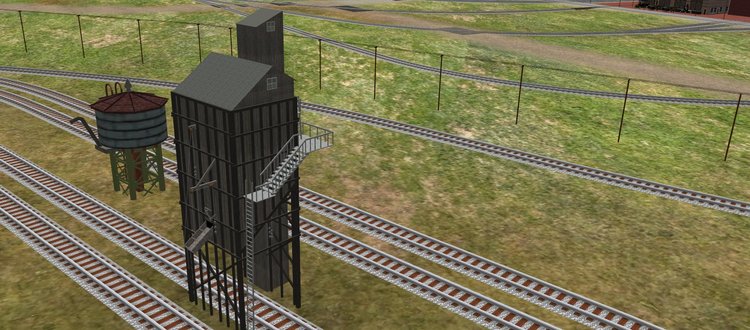
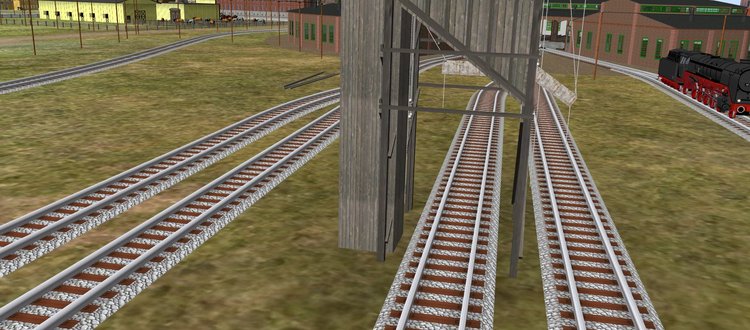

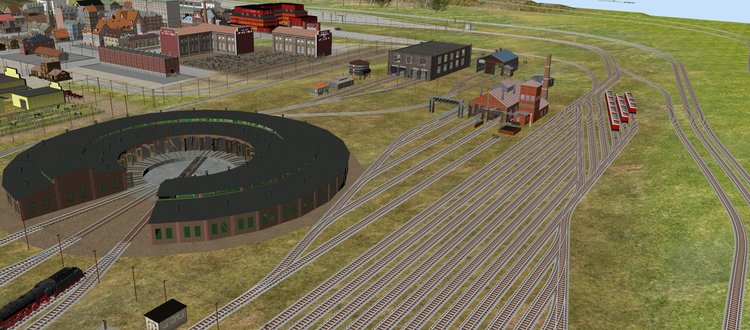
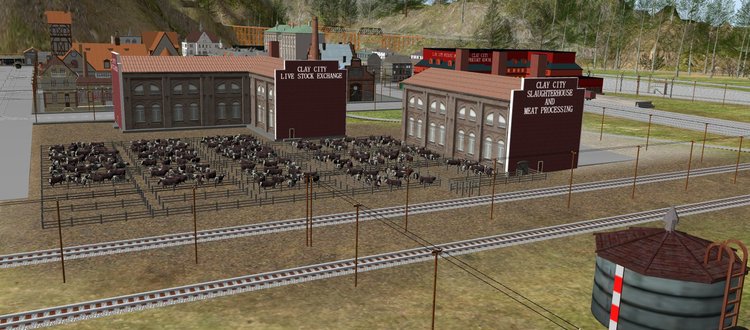
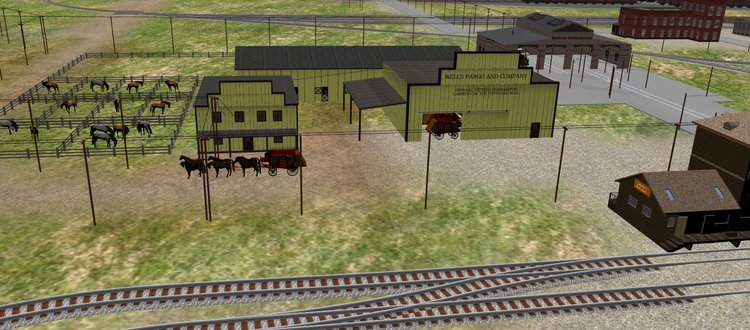
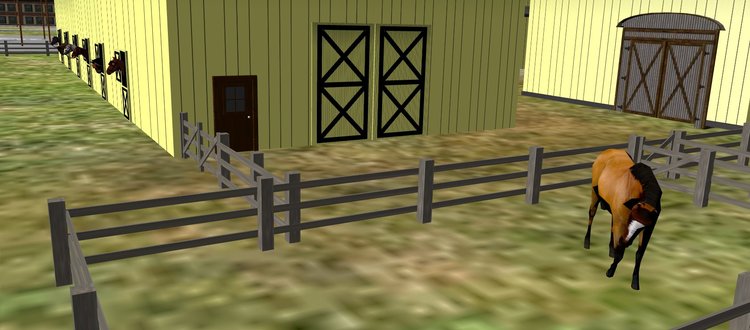
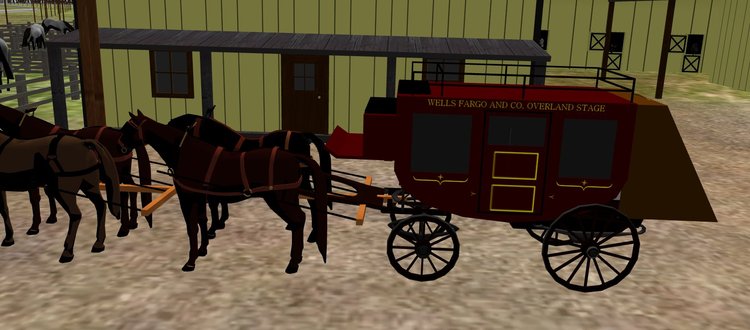
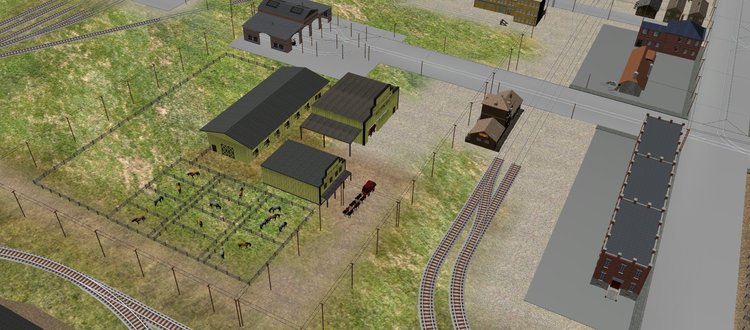
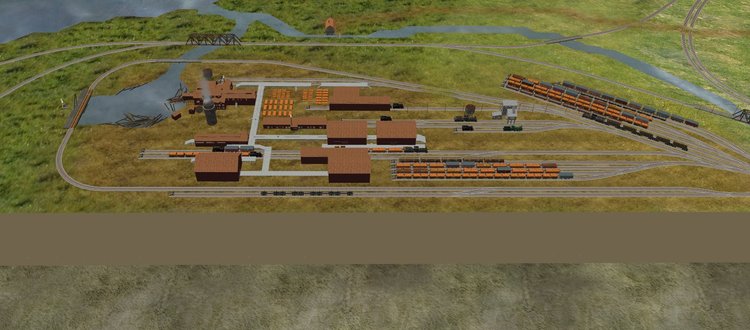
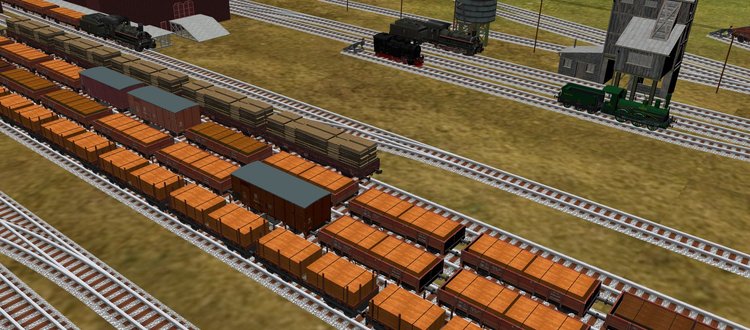
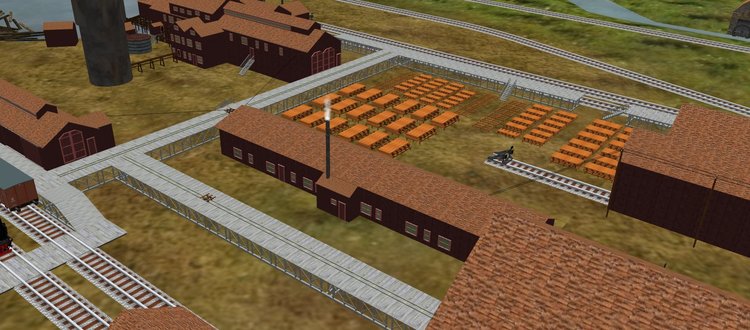
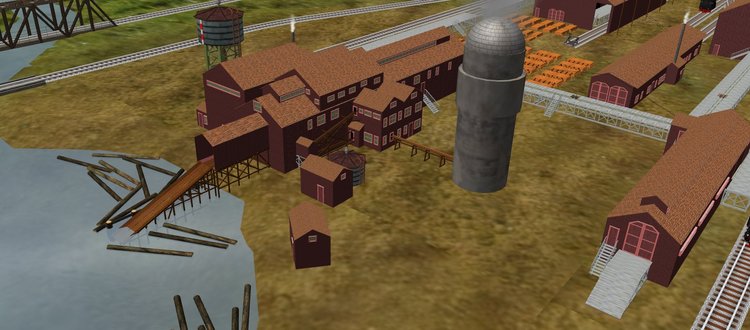
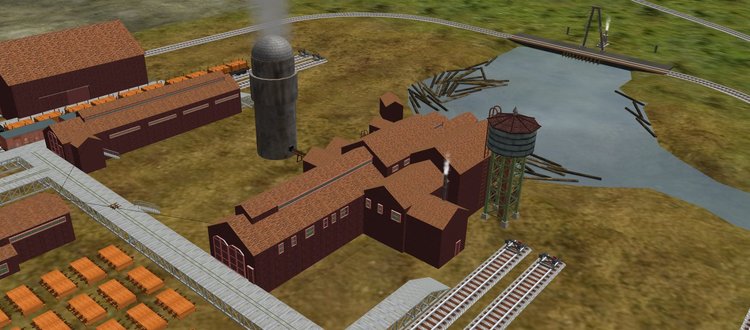
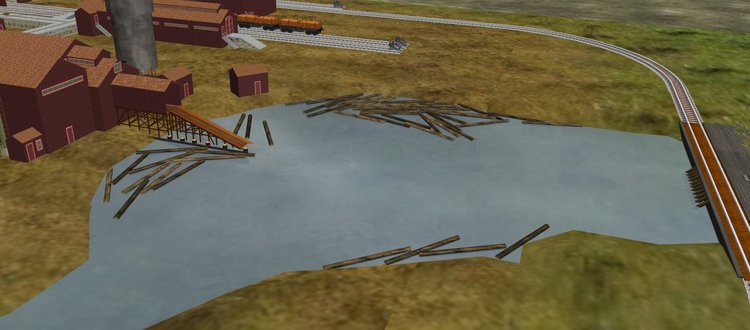
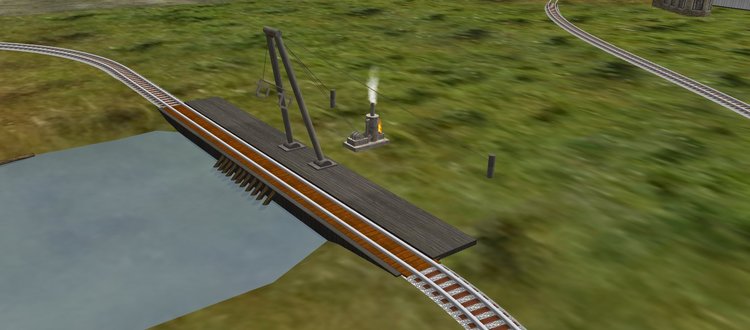
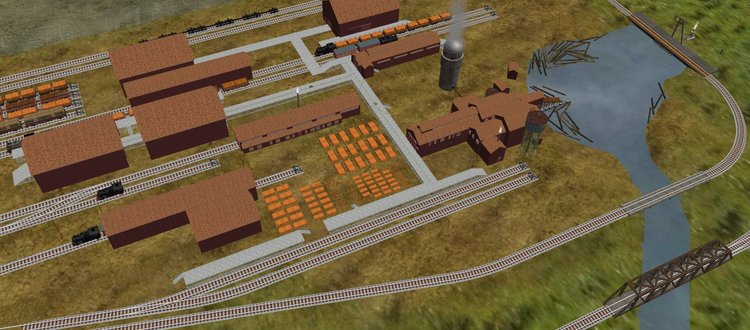

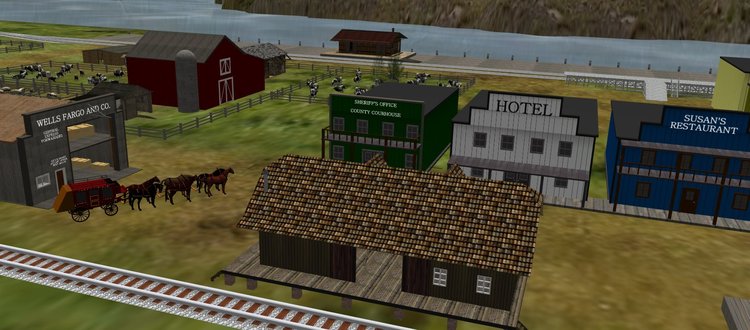
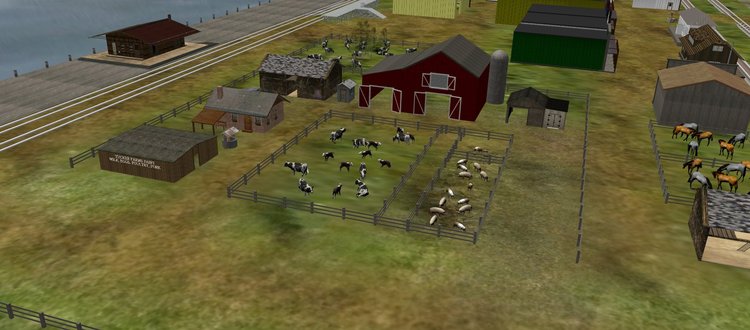


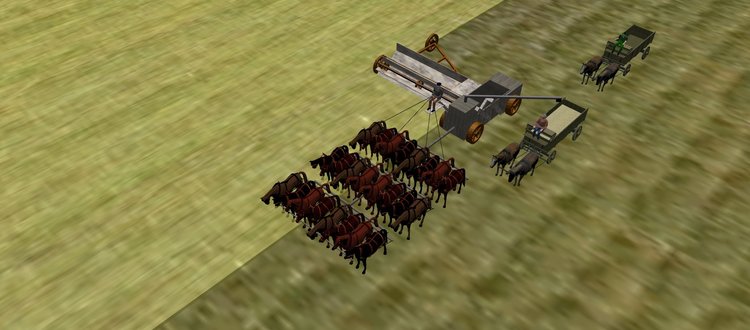
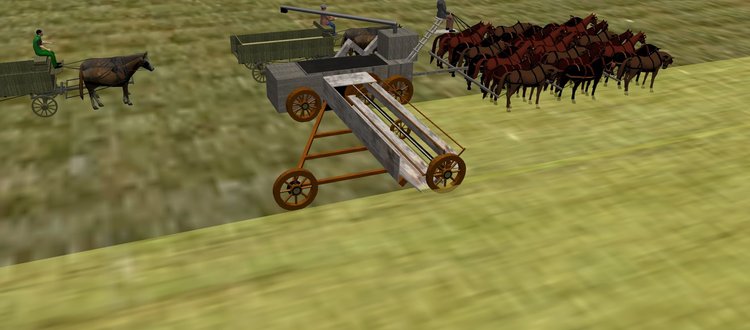
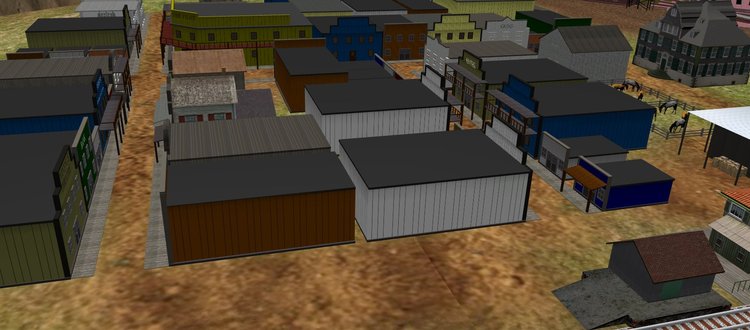


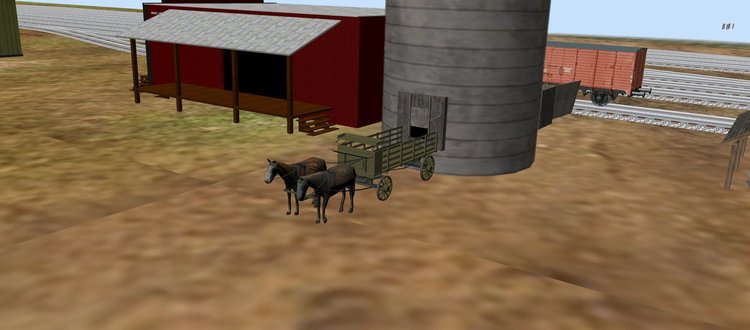

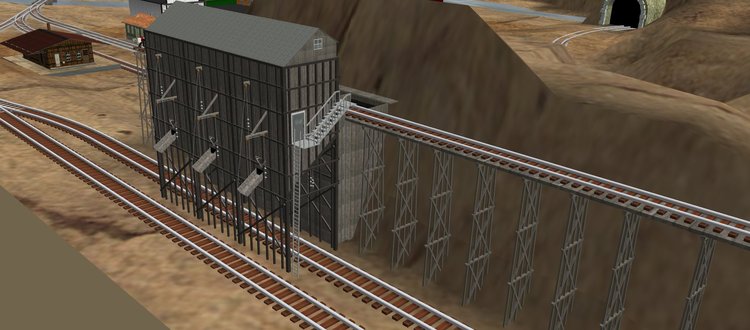
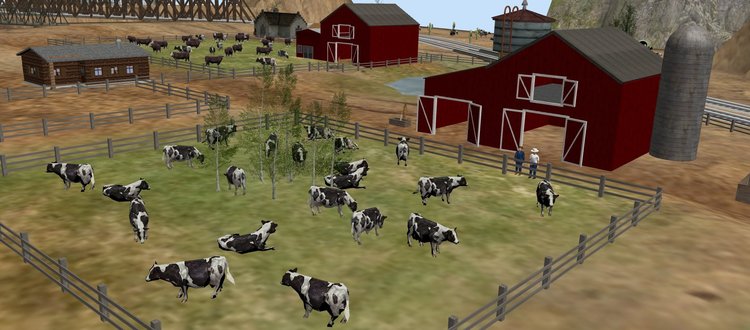

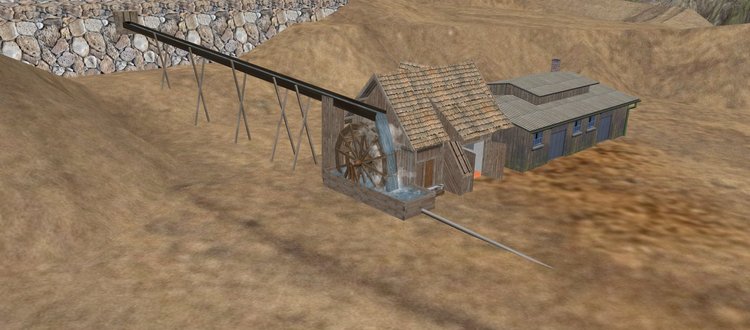
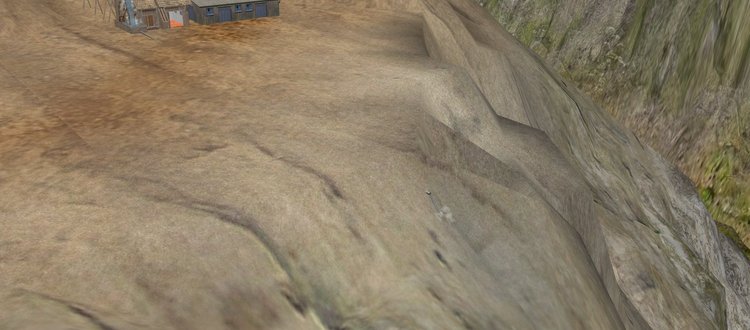

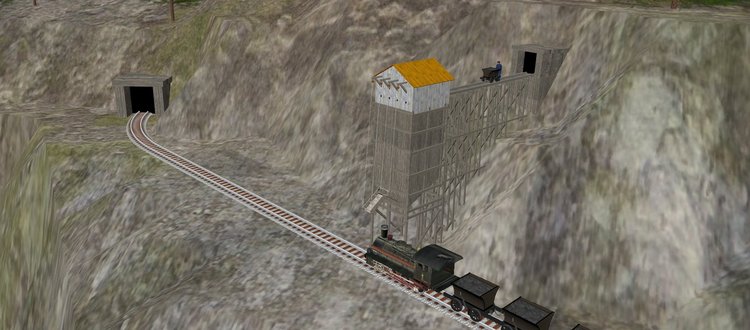
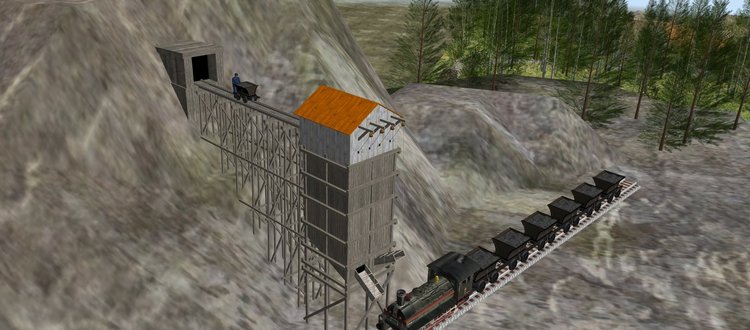
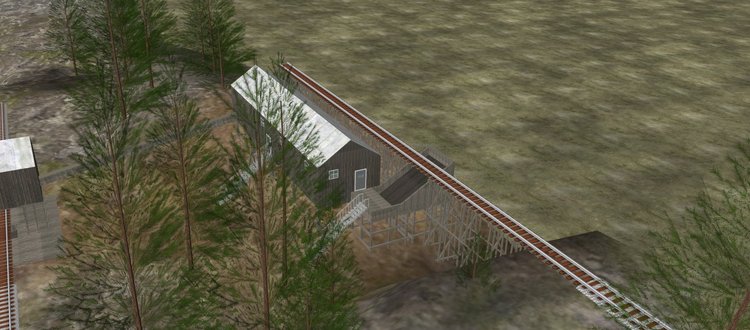

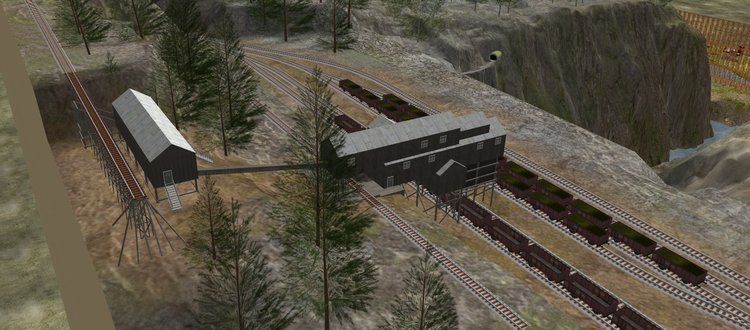
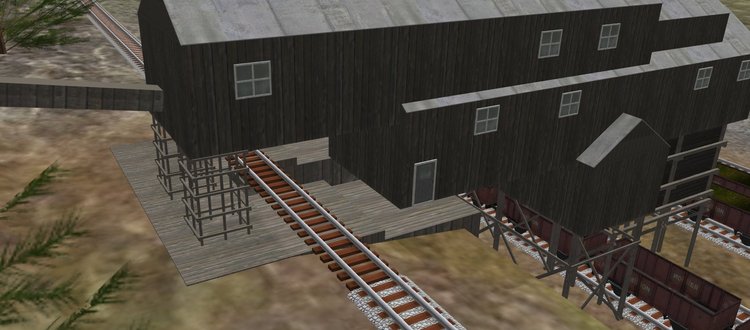

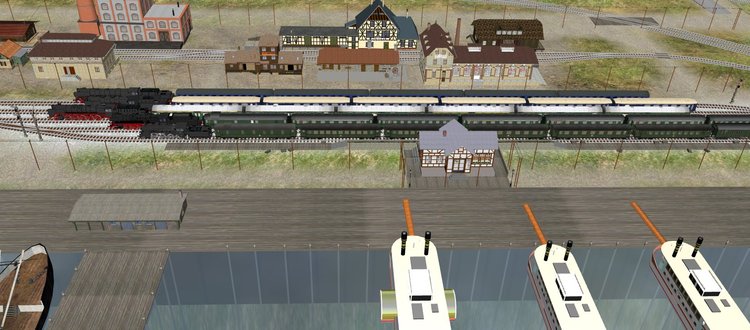
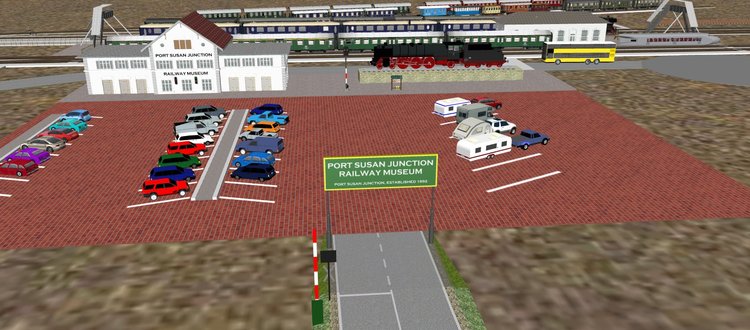


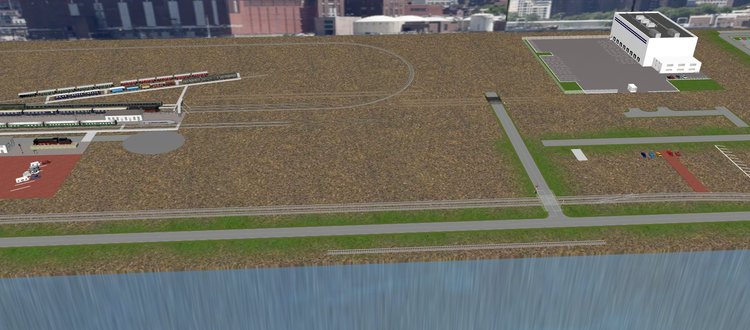

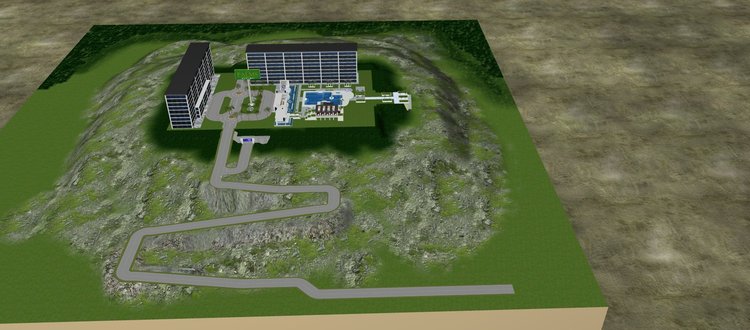
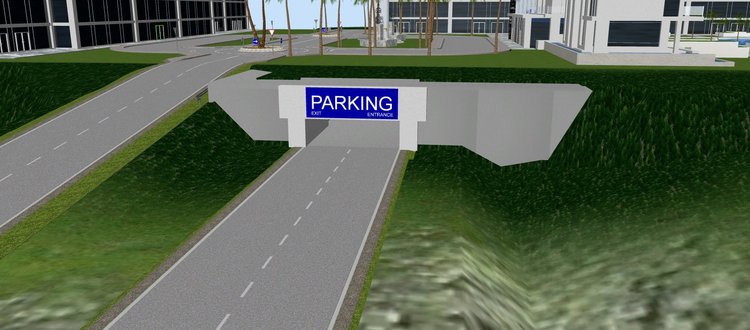
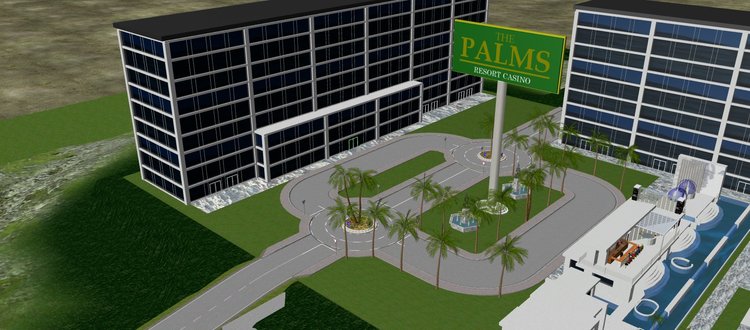
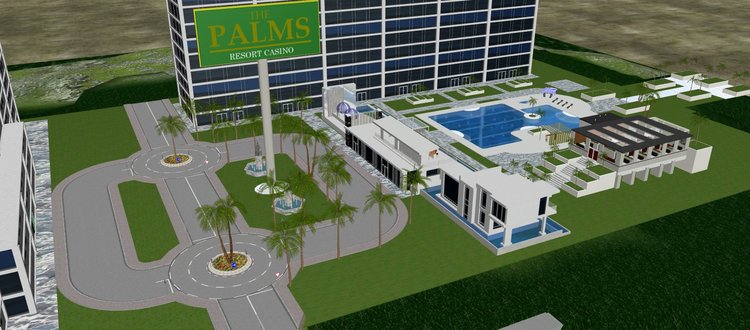
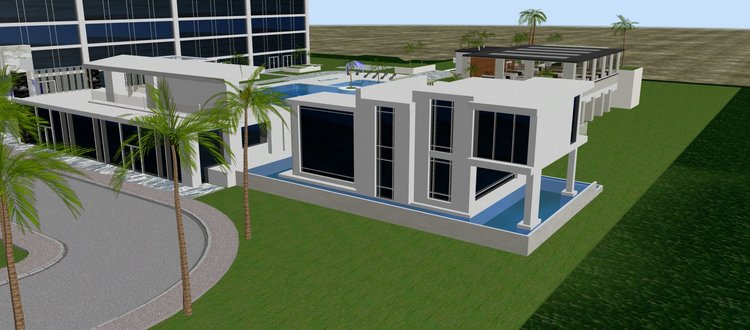
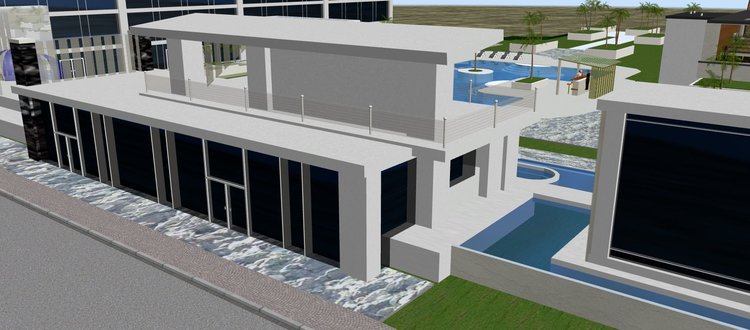
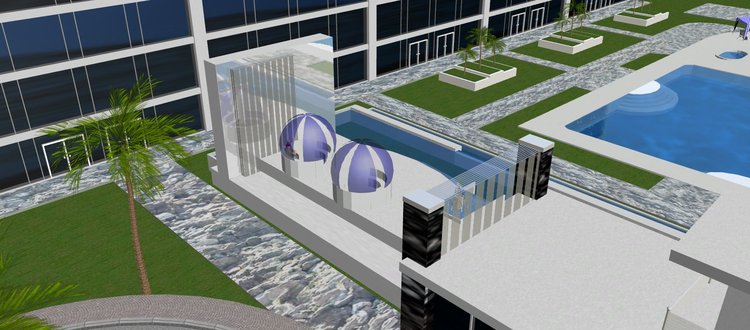

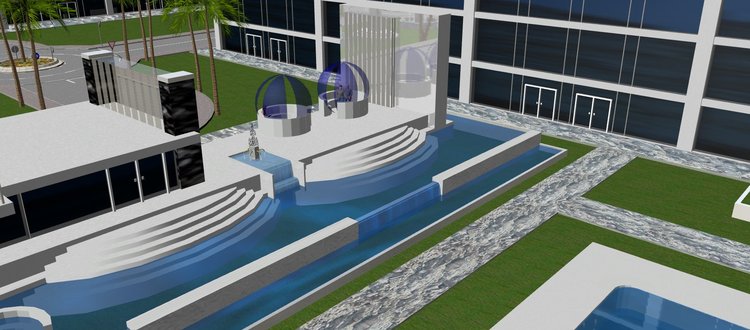

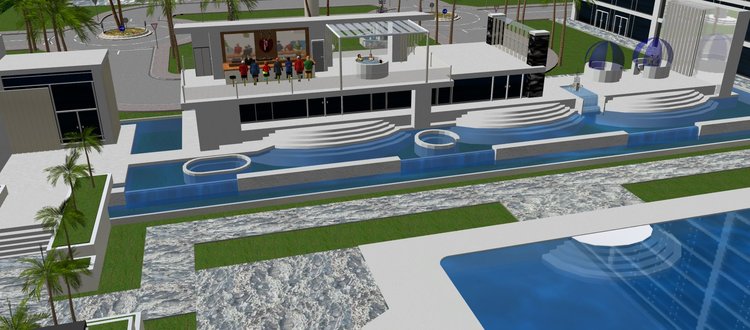

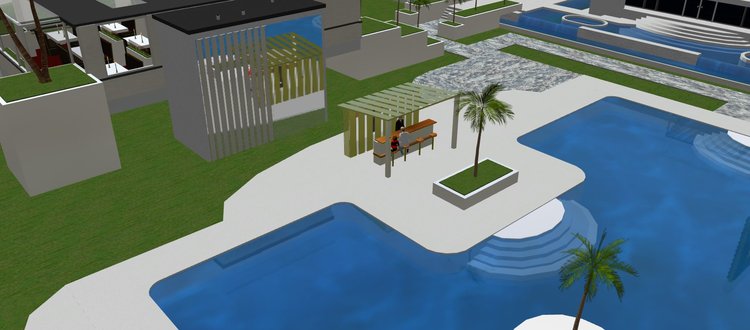
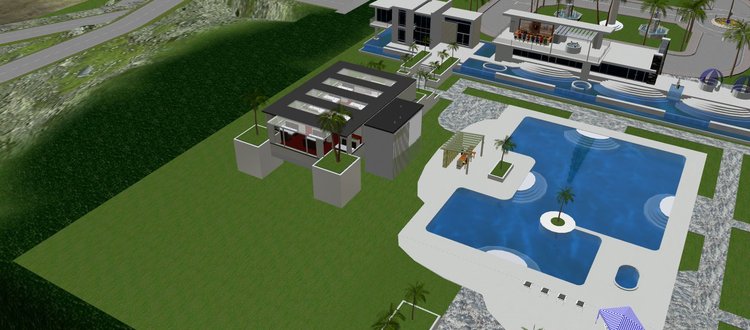
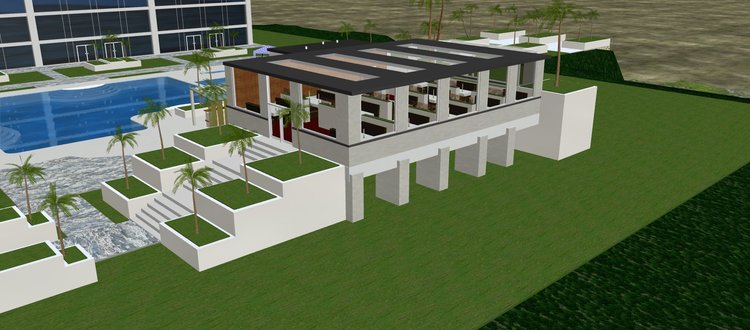
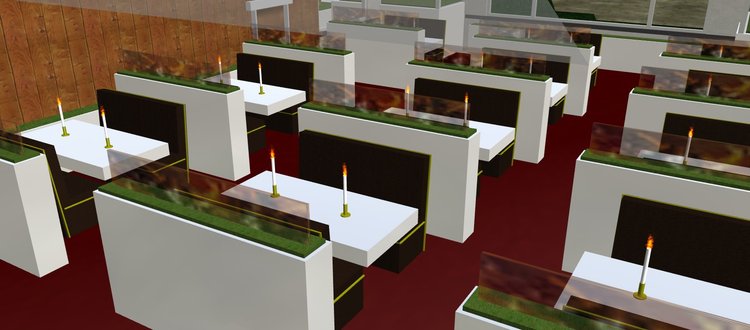
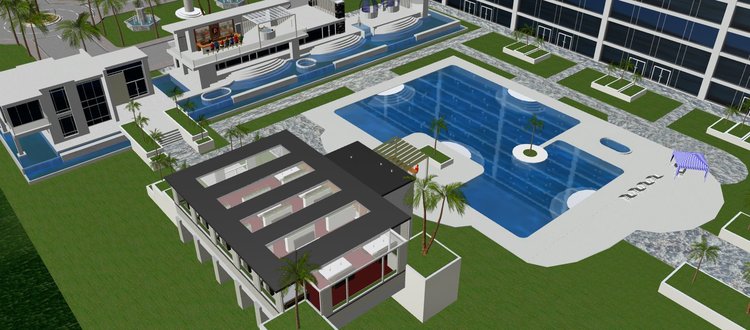
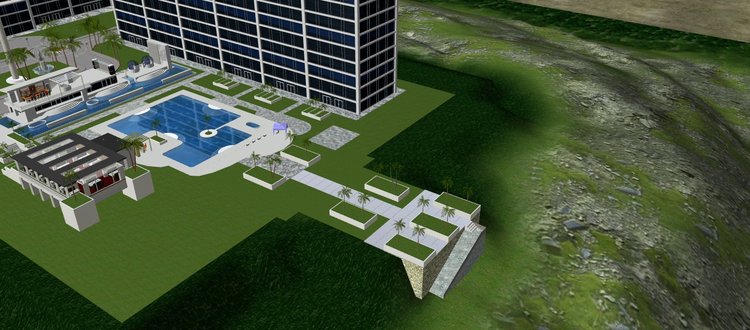
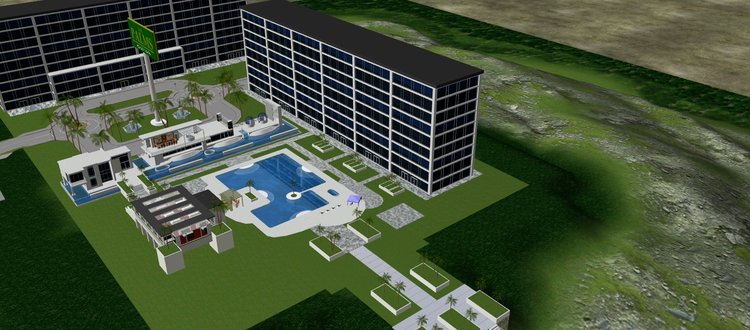


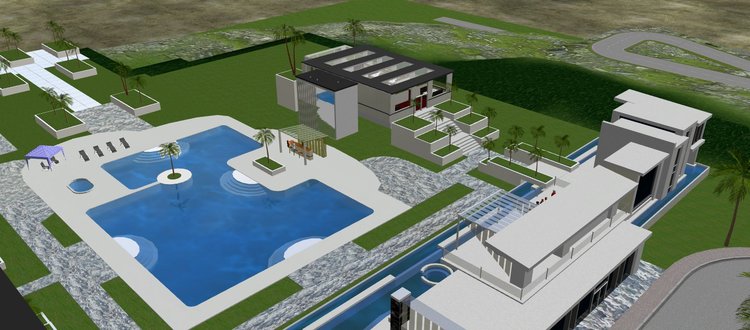

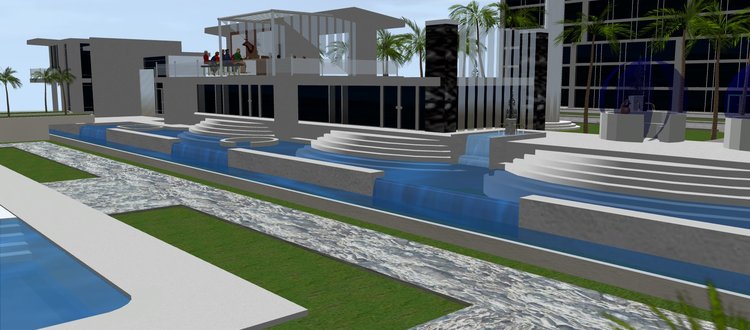

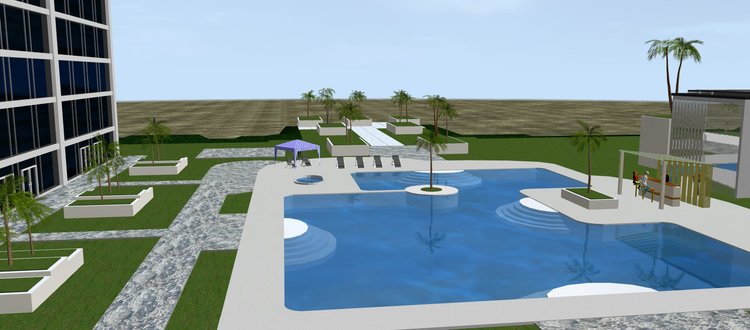

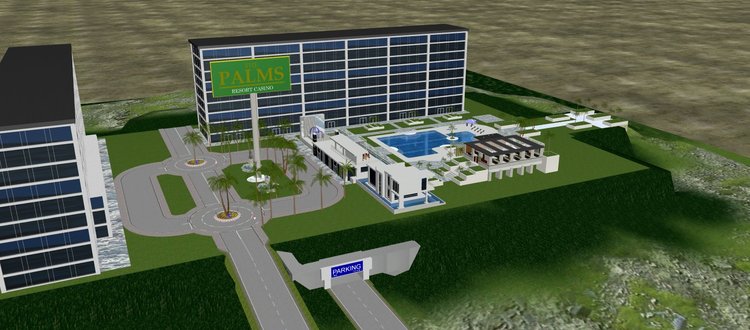
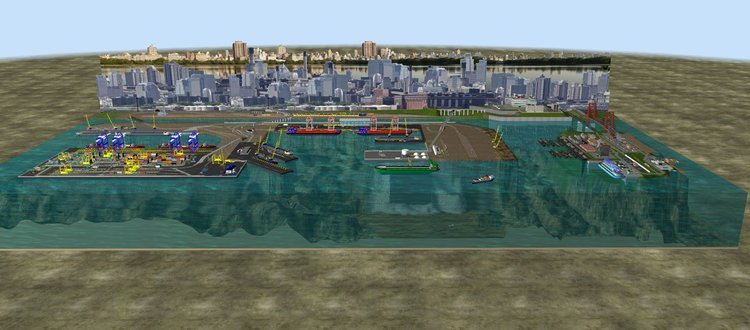

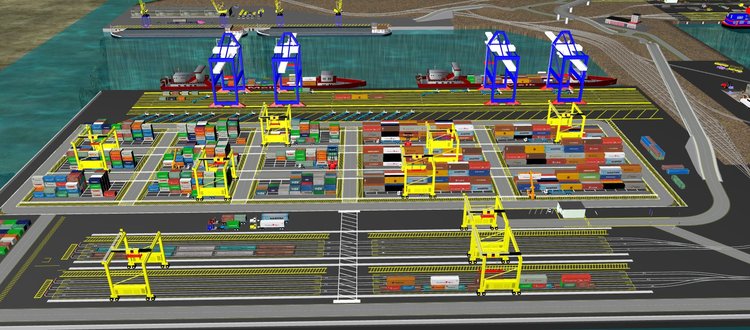

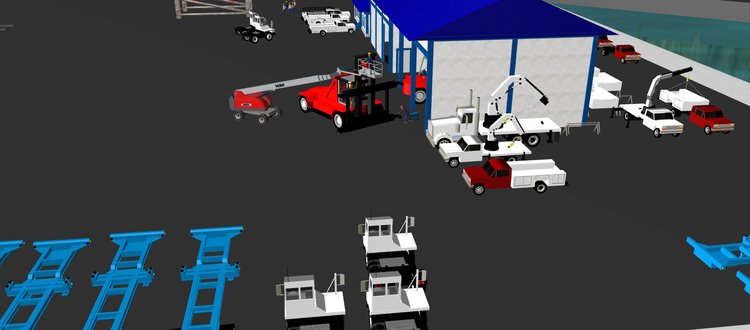
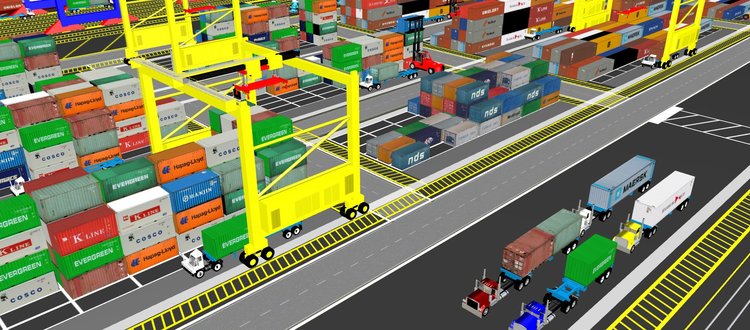

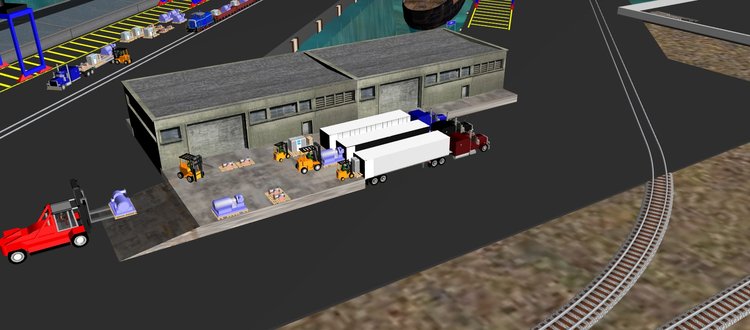
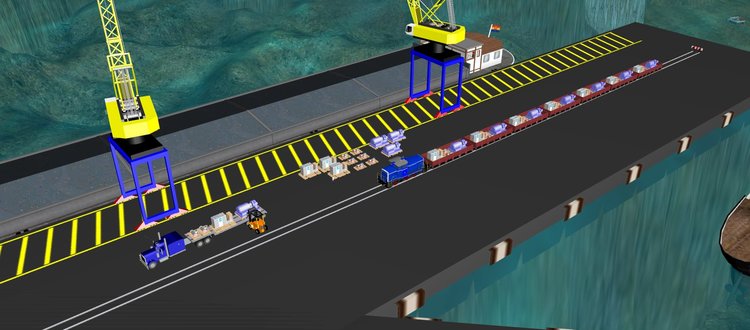


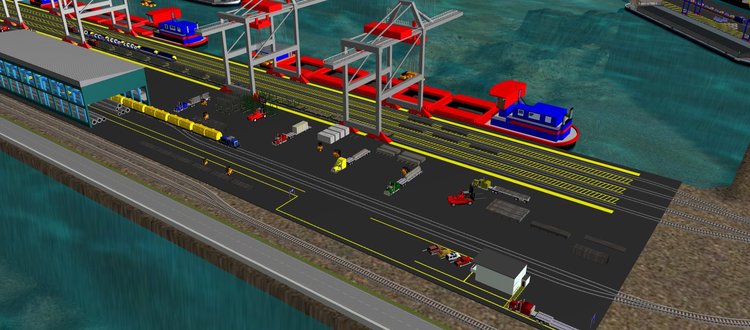
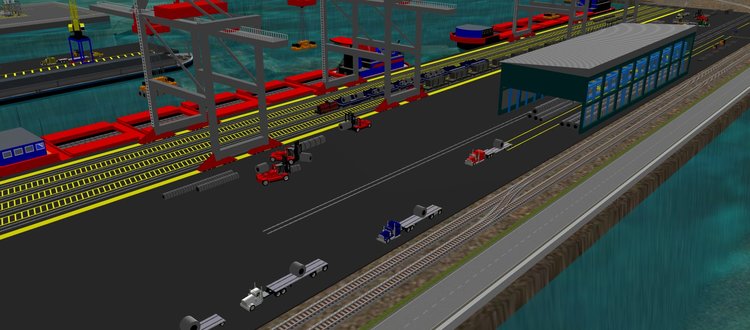



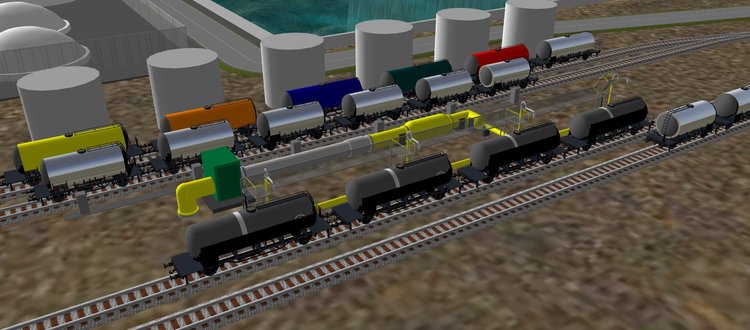

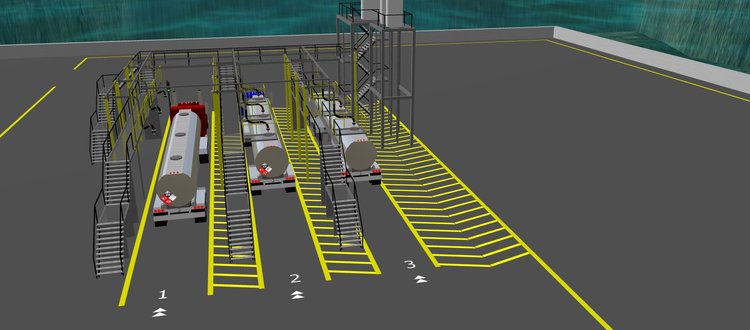
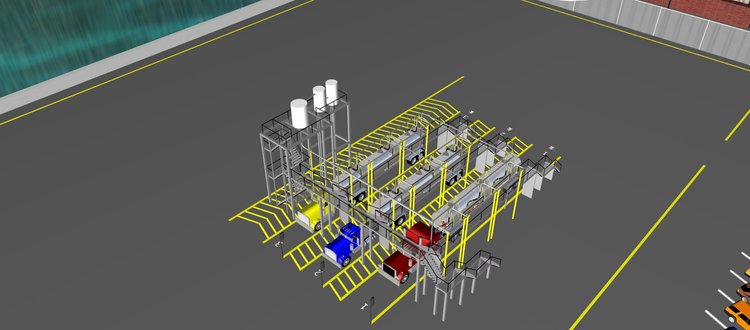

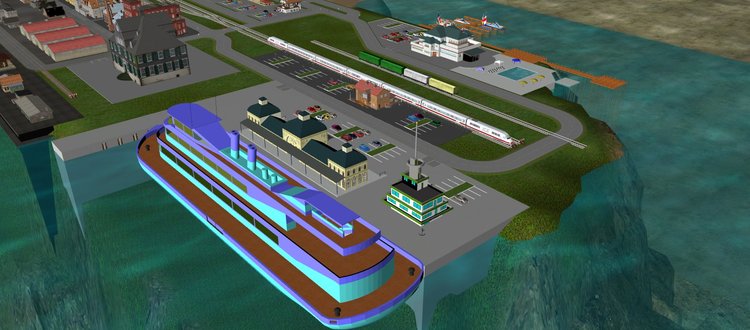
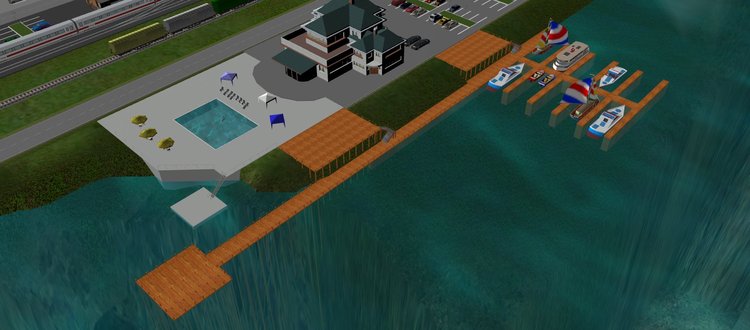
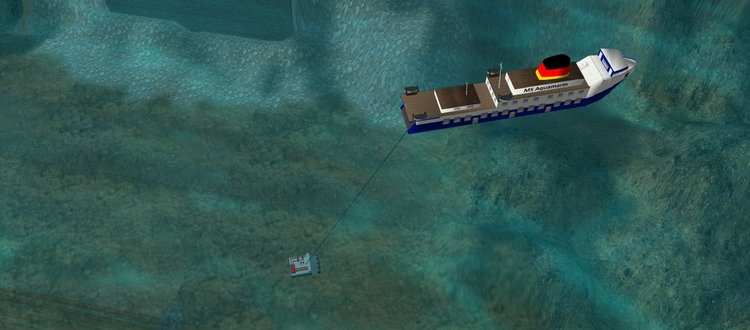
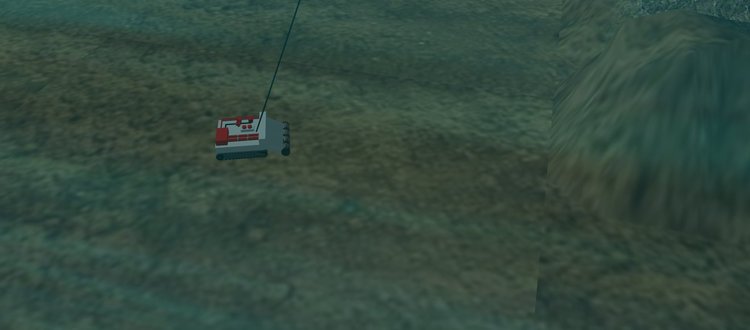


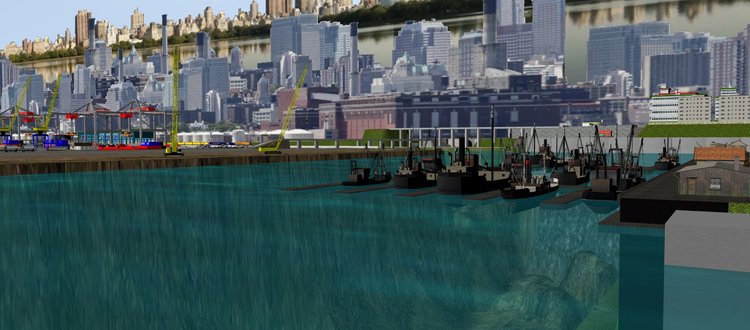
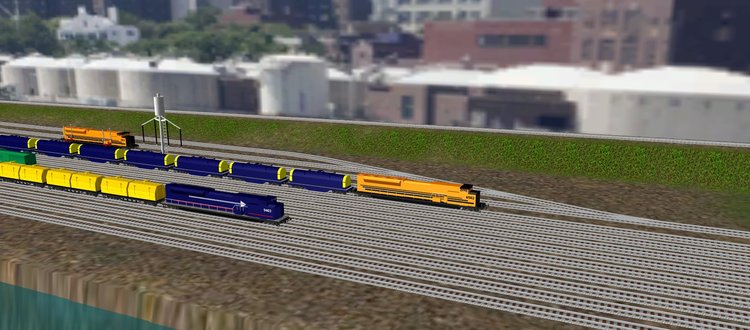


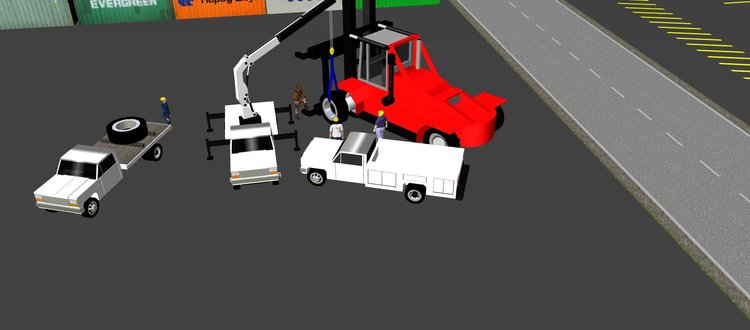
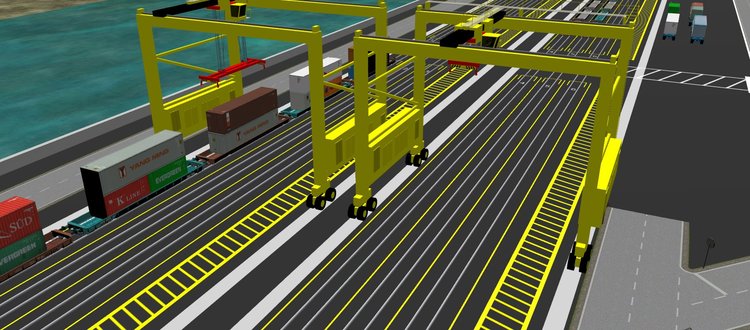

Covered Hopper Cars
in Modellwünsche
Geschrieben
The hopper cars that were added to the game are nice, but many products have to be transported in a covered hopper car like the one shown here. It might be nice to add a cover to one of the existing hopper cars for the game.